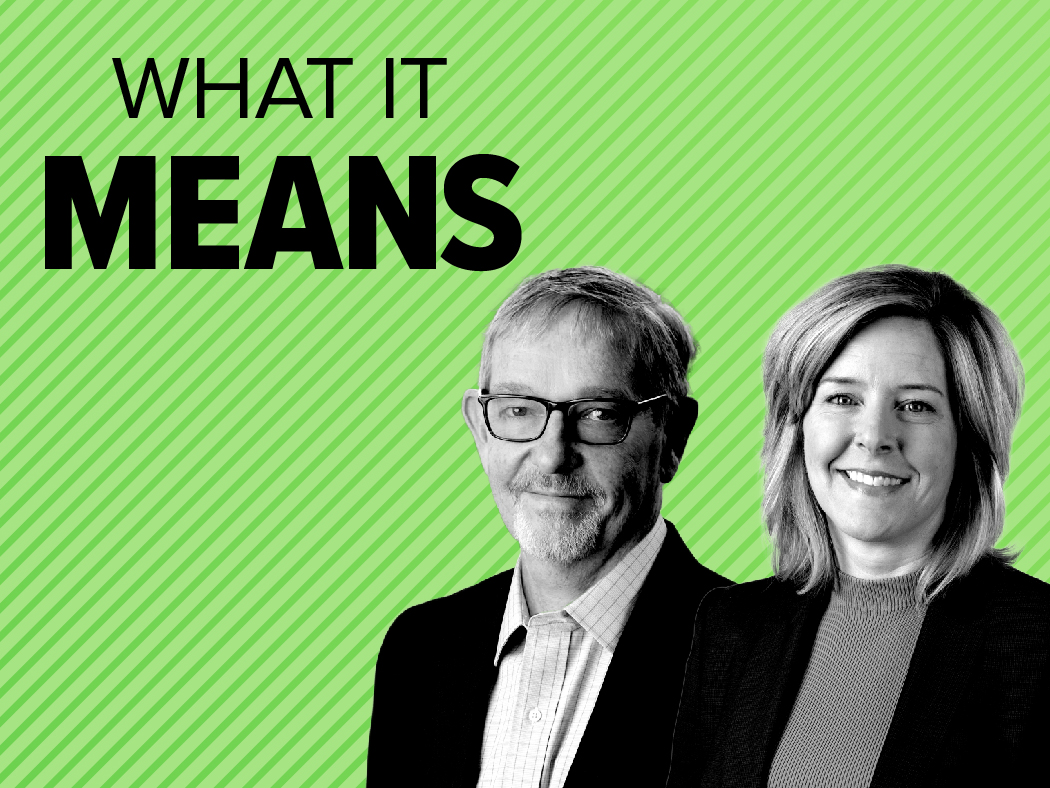Featuring:
Ian Bruce, VP, Principal Analyst and Lisa Gately, Principal Analyst
Show Notes:
You don’t need to look far to find so-called “thought leadership” content. Yet more often than not, it’s a dressed-up marketing pitch. This week, Vice President and Principal Analyst Ian Bruce and Principal Analyst Lisa Gately explain what true thought leadership is and how to build an effective thought leadership program.
The analysts start out by differentiating thought leadership content from content marketing. Thought leadership isn’t about promoting a company or a product; instead, it centers on an idea that buyers care about and that the company can meaningfully contribute to. Unlike content marketing, which tends to have short time horizons, thought leadership content is a long-term play. As such, it requires a different approach to planning.
“B2B marketing leaders tend to get trapped inside a sales cycle in the way they execute,” says Bruce. “That’s not the kind of thinking that’s going to generate brand equity and certainly not thought leadership. [Thought leadership] is a long-term strategic investment and journey that you need to go on as a business.”
Building a good thought leadership program starts with listening to conversations in the market. From there, Bruce and Gately explain, it’s about building consensus on how your company can use its expertise to contribute to those discussions. “It involves all aspects of your company,” says Gately. “You’ve got to have corporate alignment and executive sponsorship. … You’re also testing ideas with your employees.” Influencers in your industry can also provide valuable input and help to amplify your efforts, they add.
Later in the episode, Bruce and Gately share an example of a successful thought leadership program and the benefits that companies can gain from a sustained investment in thought leadership. Tune in to learn more about steps to take and to avoid in building a compelling thought leadership program.




